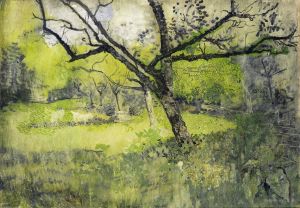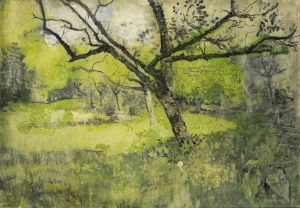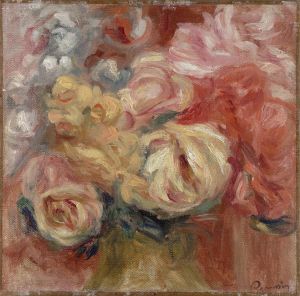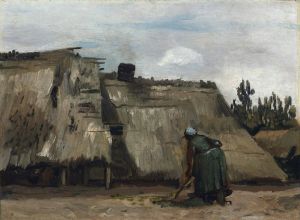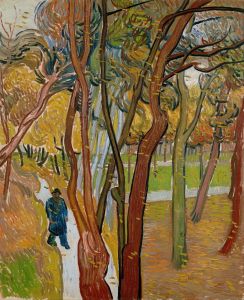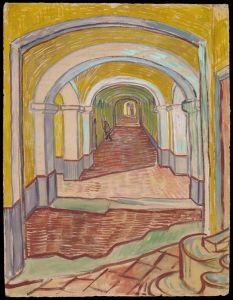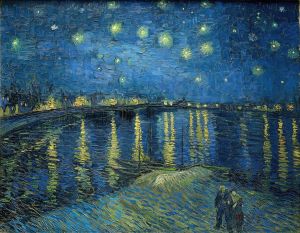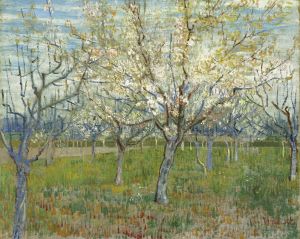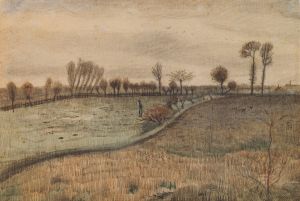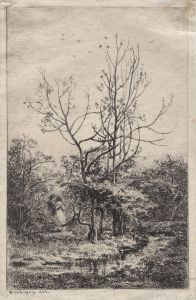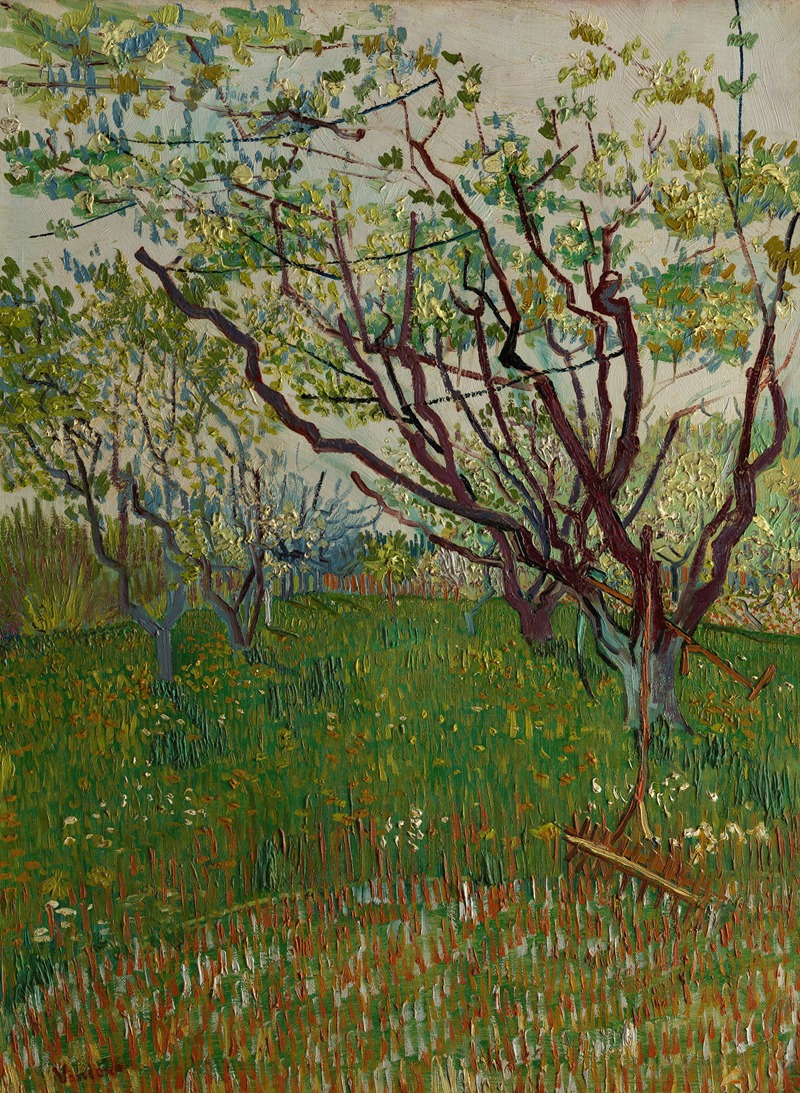
The Flowering Orchard
A hand-painted replica of Vincent van Gogh’s masterpiece The Flowering Orchard, meticulously crafted by professional artists to capture the true essence of the original. Each piece is created with museum-quality canvas and rare mineral pigments, carefully painted by experienced artists with delicate brushstrokes and rich, layered colors to perfectly recreate the texture of the original artwork. Unlike machine-printed reproductions, this hand-painted version brings the painting to life, infused with the artist’s emotions and skill in every stroke. Whether for personal collection or home decoration, it instantly elevates the artistic atmosphere of any space.
"The Flowering Orchard" is a painting by the Dutch post-impressionist artist Vincent van Gogh. Created in the spring of 1888, this artwork is part of a series of paintings that van Gogh produced during his time in Arles, in the south of France. The series, often referred to as the "Orchard" series, captures the blossoming fruit trees that were abundant in the region during that season.
Van Gogh moved to Arles in February 1888, seeking the bright light and vibrant colors of the Provençal landscape, which he believed would enhance his work. The "Orchard" series, including "The Flowering Orchard," reflects his fascination with the natural beauty of the area and his desire to capture the transient beauty of the blooming trees.
"The Flowering Orchard" depicts a serene scene of an orchard in full bloom. The composition is characterized by its use of bright, vivid colors and dynamic brushstrokes, which convey a sense of movement and life. Van Gogh employed a variety of techniques to create texture and depth, including the use of impasto, where paint is applied thickly to the canvas. This technique allows the viewer to see the individual brushstrokes and adds a tactile quality to the painting.
The painting is notable for its use of color contrasts. Van Gogh juxtaposed the delicate pink and white blossoms of the trees against the rich greens of the grass and the deep blue of the sky. This contrast not only highlights the beauty of the flowers but also creates a sense of harmony and balance within the composition. The use of complementary colors, a hallmark of van Gogh's style, is evident in this work.
"The Flowering Orchard" also reflects van Gogh's interest in Japanese art, particularly ukiyo-e woodblock prints, which he admired for their bold compositions and use of color. The influence of Japanese art can be seen in the simplified forms and the emphasis on the natural beauty of the landscape.
During his time in Arles, van Gogh was highly productive, creating numerous paintings and drawings. The "Orchard" series, including "The Flowering Orchard," is considered one of the highlights of his work from this period. These paintings not only showcase his technical skill and artistic vision but also provide insight into his emotional state and his deep connection to nature.
Today, "The Flowering Orchard" is held in the collection of the Van Gogh Museum in Amsterdam, which houses the largest collection of van Gogh's works. The painting is celebrated for its vibrant colors, expressive brushwork, and its ability to capture the fleeting beauty of springtime in the south of France. It remains a testament to van Gogh's enduring legacy as one of the most influential artists of the 19th century.





